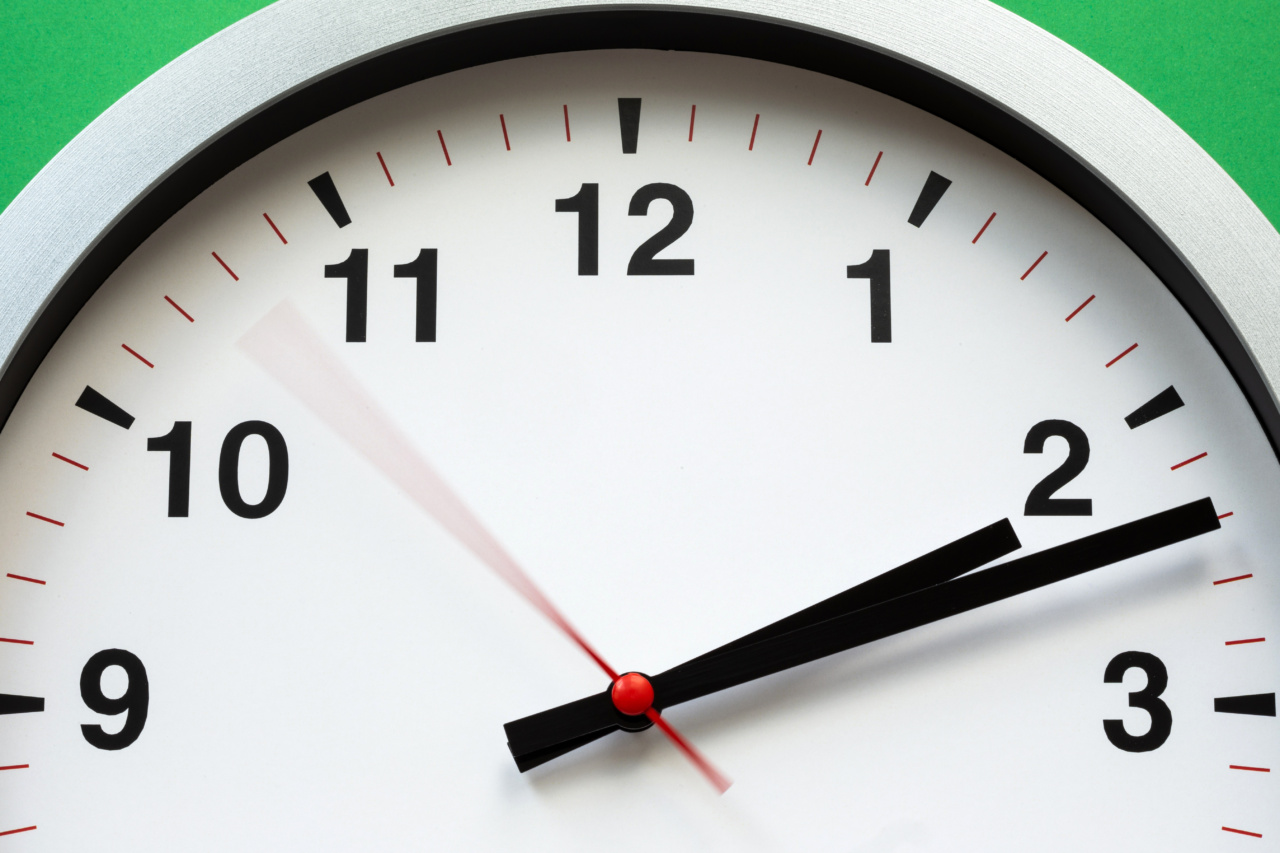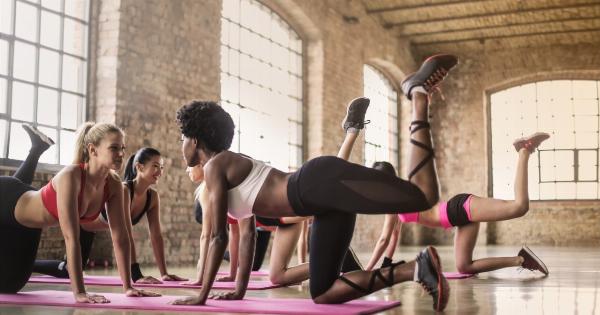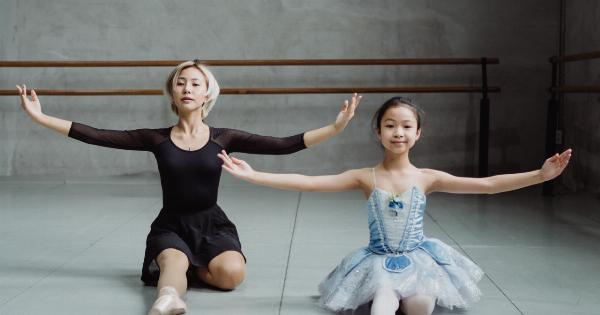Warm-up or Risk Injury: The Importance of Starting Slow.
What is a warm-up?
A warm-up is a preparatory exercise or routine that is performed before engaging in more intense physical activity.
It typically involves low-intensity exercises that gradually increase heart rate, blood flow, and body temperature to prepare the muscles and joints for the upcoming activity.
The benefits of warming up
1. Improved cardiovascular function: Warming up gradually increases heart rate and blood flow, which prepares the heart and blood vessels for the demands of exercise.
2. Increased muscle temperature: When the body’s temperature rises during a warm-up, the flexibility and elasticity of muscles improve, promoting better performance and reducing the risk of injury.
3. Enhanced range of motion: Proper warm-ups increase joint lubrication and flexibility, allowing a wider range of motion in the joints. This can improve performance and prevent strains or sprains.
4. Mental preparation: Warming up also helps mentally prepare individuals for the upcoming activity. It can boost focus, concentration, and reaction time, leading to better performance.
The risks of skipping a warm-up
1. Increased risk of injury: Failing to warm up before engaging in physical activity can place unnecessary stress on muscles, tendons, ligaments, and joints. This increases the risk of strains, sprains, and other injuries.
2. Reduced performance: Without a proper warm-up, the body’s response time and efficiency may be compromised. This can result in decreased strength, speed, and endurance, negatively impacting performance.
3. Delayed muscle soreness: Skipping a warm-up can contribute to delayed onset muscle soreness (DOMS), which refers to muscle pain and stiffness that typically occurs 24 to 48 hours after exercise.
A warm-up can help reduce the severity and duration of DOMS.
4. Lack of mental preparedness: Without a warm-up, individuals may find it difficult to mentally transition from a resting or sedentary state to the physical demands of exercise.
This can affect focus, coordination, and overall enjoyment of the activity.
The components of a warm-up
A comprehensive warm-up typically consists of several components:.
1. Light aerobic activity
Begin with five to ten minutes of low-intensity aerobic exercises such as brisk walking, jogging, or cycling. This increases heart rate, blood flow, and body temperature.
2. Dynamic stretching
Dynamic stretching involves gentle, controlled movements that mimic the motions of the activity to come. It helps improve flexibility, range of motion, and blood circulation to the working muscles.
3. Joint mobilization
Perform exercises that gently move each joint through its full range of motion, focusing on areas that will be utilized during the activity. This helps lubricate the joints and reduces the risk of joint injuries.
4. Sport-specific drills
Include drills or movements that simulate the activity you are about to participate in. This helps activate the relevant muscles and prepares them for the specific movements they will encounter.
5. Mental preparation
Take a few moments to mentally focus on the upcoming activity. Visualize success, set goals, and prepare yourself mentally for the challenges ahead.
How long should a warm-up last?
The duration of a warm-up varies depending on the individual and the activity being performed. In general, a warm-up should last anywhere from 10 to 20 minutes.
However, more vigorous activities or individuals with specific needs may require a longer warm-up.
Common warm-up mistakes to avoid
1. Skipping the warm-up altogether: Perhaps the most common mistake is not warming up at all. This can significantly increase the risk of injury and impact performance.
2. Relying solely on static stretching: Static stretching, where a muscle is stretched and held in one position, should be avoided during the warm-up phase.
It is more suitable for post-workout cool-downs as it can temporarily decrease muscle power.
3. Rushing through the warm-up: A warm-up should not be hurried. Taking the time to properly prepare the body and mind is crucial for optimal performance and injury prevention.
4. Neglecting sport-specific warm-up exercises: Performing activities unrelated to the upcoming exercise can be a wasted opportunity.
Incorporating sport-specific drills in the warm-up helps mimic the movements and demands of the activity.
Conclusion
A proper warm-up is an essential component of any physical activity, whether it be a workout, sports, or recreational exercise. It prepares the body both physically and mentally, reducing the risk of injuries and enhancing performance.
By taking the time to warm up effectively, individuals can reap the benefits of a safe and efficient workout or activity.






























